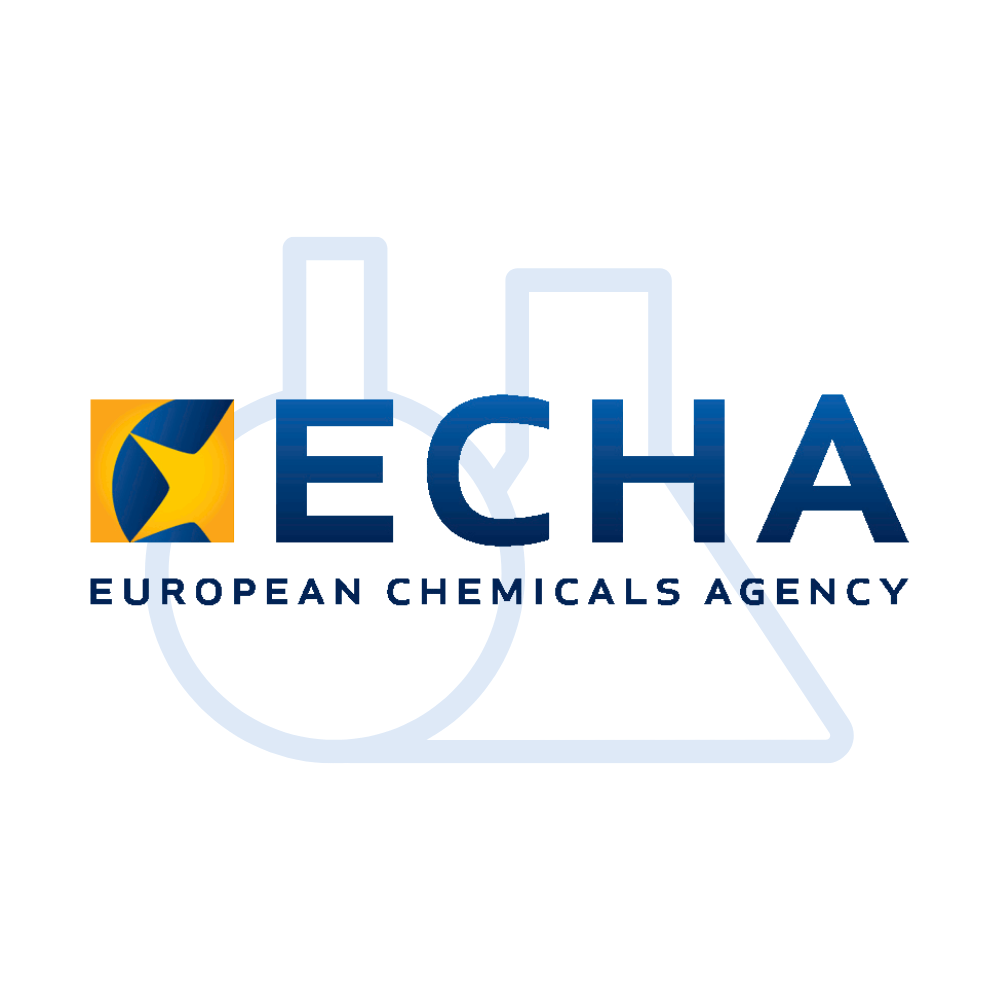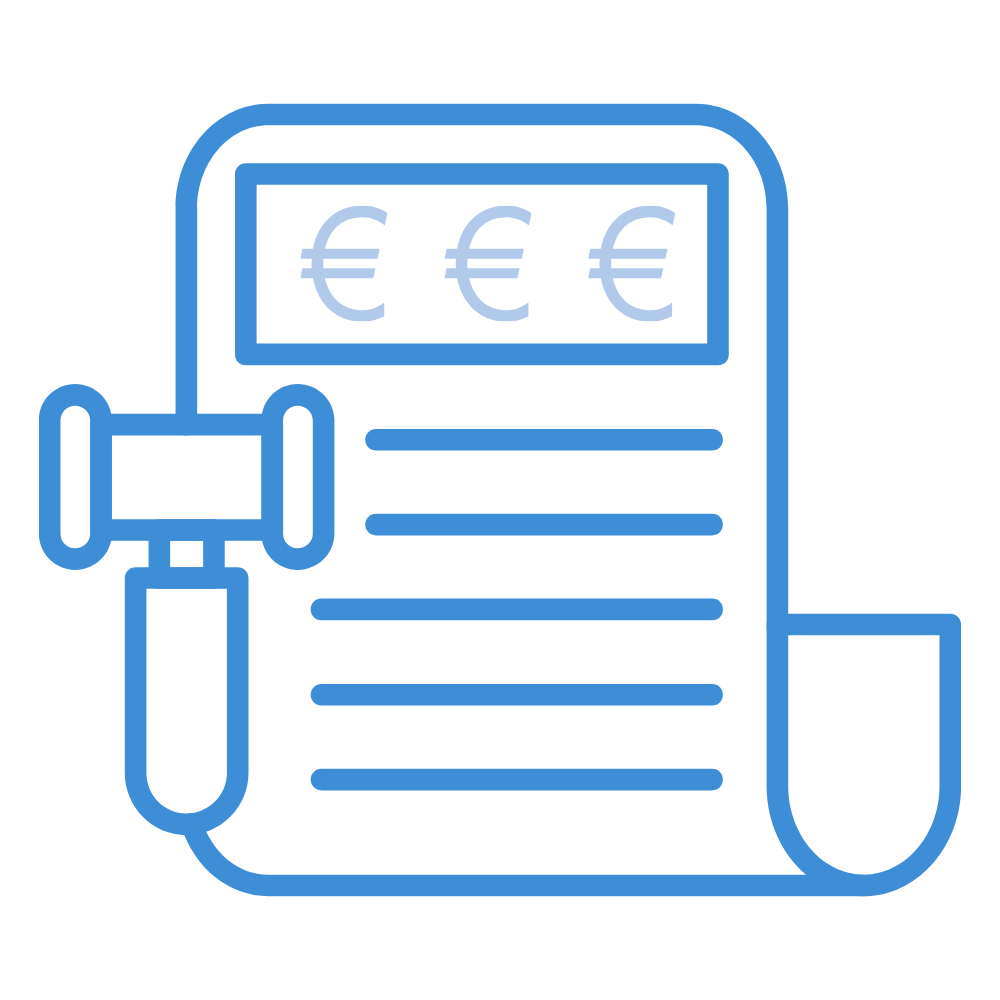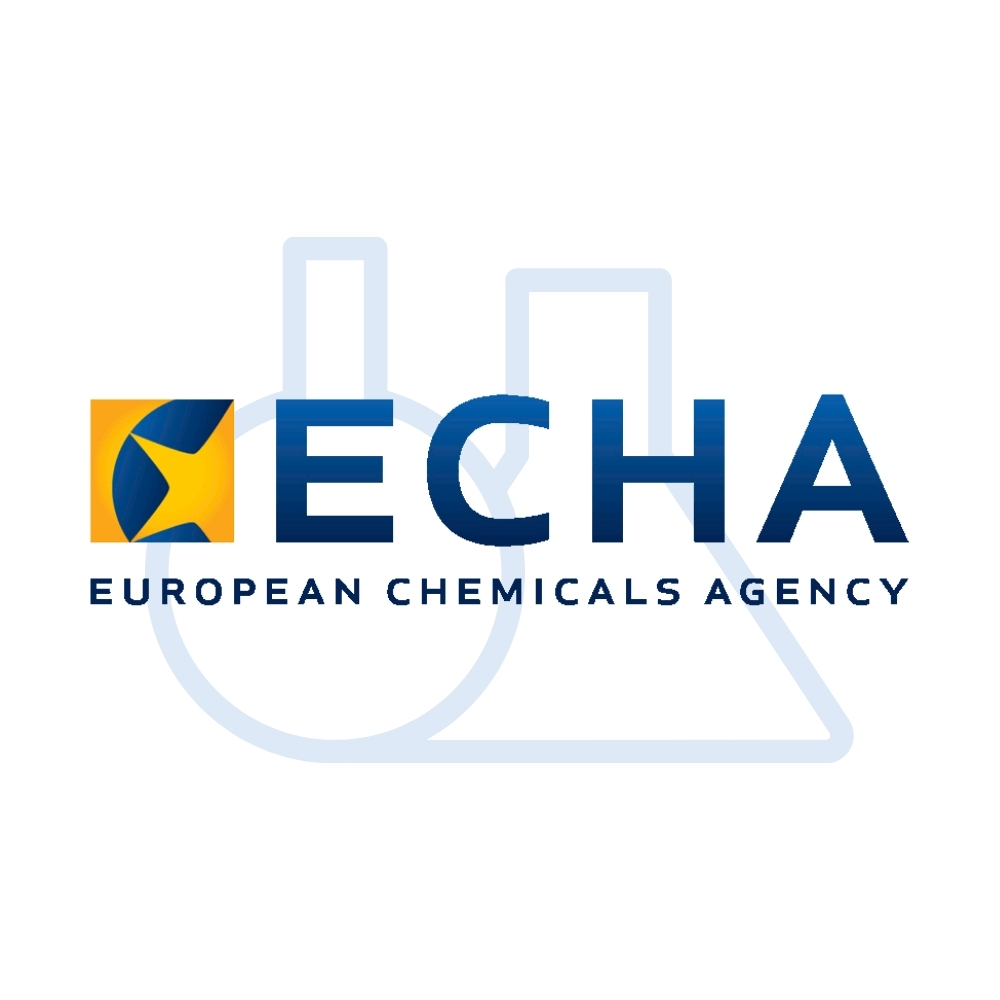Under EU REACH (Regulation (EC) No 1907/2006), Safety Data Sheets (SDS) and Extended Safety Data Sheets (eSDS) are essential for ensuring the safe use of chemicals throughout the supply chain. Compliance with SDS requirements is mandatory for manufacturers, importers, and downstream users to legally place chemicals on the EU market.
What is a REACH Compliant SDS?
A REACH-compliant SDS is a document that provides comprehensive information on a chemical substance or mixture, in accordance with the requirements of the REACH and CLP Regulations of the European Union. An eSDS is an extended version of a standard SDS that also includes Exposure Scenarios.
Should I Prepare an SDS or an eSDS?
If your company manufactures or imports a substance in quantities of 10 tonnes or more per year and the substance is classified as hazardous under the CLP Regulation (or identified as PBT, vPvB, or SVHC), then a Chemical Safety Assessment (CSA) must be performed. As part of this assessment, Exposure Scenarios (ES) must be developed for all identified uses and describe how exposure is controlled during use. If an SDS includes Exposure Scenarios, it is considered an eSDS. Therefore, the determining factor for companies is whether an Exposure Scenario is required.
Key Characteristics of a REACH Compliant SDS / eSDS
A REACH-compliant SDS must follow the 16-section format specified by the regulation. It must include information such as substance identification, hazard classification, ingredient details, safe handling and use, and physical and chemical properties.
An SDS must also be clear and consistent. It should be written in a straightforward and understandable tone for users and must be aligned with the Chemical Safety Report, where applicable.
Furthermore, SDSs must be updated whenever there are changes in formulation, hazard classification, risk management measures, regulatory updates, authorization status, restrictions, or when a REACH registration number is obtained.
To ensure compliance and maintain up-to-date SDSs, they should be prepared by qualified experts like the Chemleg team.
For Which Substances is an SDS or eSDS Required?
Under the EU REACH Regulation, an SDS or eSDS must be provided for substances or mixtures that fall under any of the following categories:
- Substances or mixtures classified as hazardous under the CLP Regulation
- Persistent, Bioaccumulative, and Toxic (PBT) or very Persistent and very Bioaccumulative (vPvB) substances
- Substances of Very High Concern (SVHC)
- Mixtures not classified as hazardous but containing certain hazardous substances
- Hazardous substances manufactured or imported in quantities of 10 tonnes/year or more (eSDS required)
Manufacturers, importers, formulators, distributors, or Only Representatives operating within the European Economic Area (EEA) are obligated to provide SDSs. Chemleg can assist you in meeting this obligation.
Chemleg’s EU REACH SDS & eSDS Services
Our SDS and eSDS services under EU REACH include:
- SDS Preparation & Compliance
- eSDS (Extended Safety Data Sheet) Development
- SDS Translation & Localization
- SDS Update & Maintenance
- SDS Distribution & Digital Management
With its industry experience, Chemleg provides fully compliant, multilingual, fast, and reliable SDS services under the REACH and CLP Regulations.
Fill out the form now to schedule a consultation with our experts.
Frequently Asked Questions
What are the four main purposes of SDS?
The four main purposes of SDS can be summarized as follows:
- Hazard Communication: SDSs clearly communicate the hazardous properties of a substance or mixture.
- Risk Management Information (Safe Handling and Use): SDSs provide practical advice on how to minimize the risks posed by chemicals.
- Regulatory Compliance and Information Sharing: SDSs are a key part of chemical legislation and safety. They facilitate the flow of critical safety information throughout the supply chain.
- Emergency Response Support: SDSs provide essential information for healthcare professionals and emergency responders in cases of spills, fires, or exposure incidents, enabling appropriate first aid and protective measures.
What are the 5 requirements included in the SDS?
The five core SDS requirements include:
- Identification information
- Composition and ingredient information
- Emergency measures and first aid
- Safe handling, storage, and exposure controls
- Physical/chemical properties and reactivity
What are SDS Guidelines?
SDS Guidelines refer to the set of rules, standards, and recommendations for the preparation, formatting, and communication of SDSs. The most prominent among these is the Globally Harmonized System of Classification and Labelling of Chemicals (GHS) established by the United Nations.
In what format should SDSs be prepared?
SDSs must be prepared in a 16-section format in accordance with Annex II of the REACH Regulation.
Do SDSs have an expiration date?
SDSs do not have a fixed validity period; rather, they must be kept up to date. They should be updated immediately if new hazard information or regulatory changes occur.
What is the REACH Registration number for SDS?
The REACH Registration number is an 18-digit unique identifier assigned by the European Chemicals Agency (ECHA) to a substance once registration is successfully completed.
How does Chemleg support this process?
Chemleg prepares, translates, updates, distributes, and manages SDSs to ensure regulatory compliance. Simply contact us to begin the SDS preparation process.








